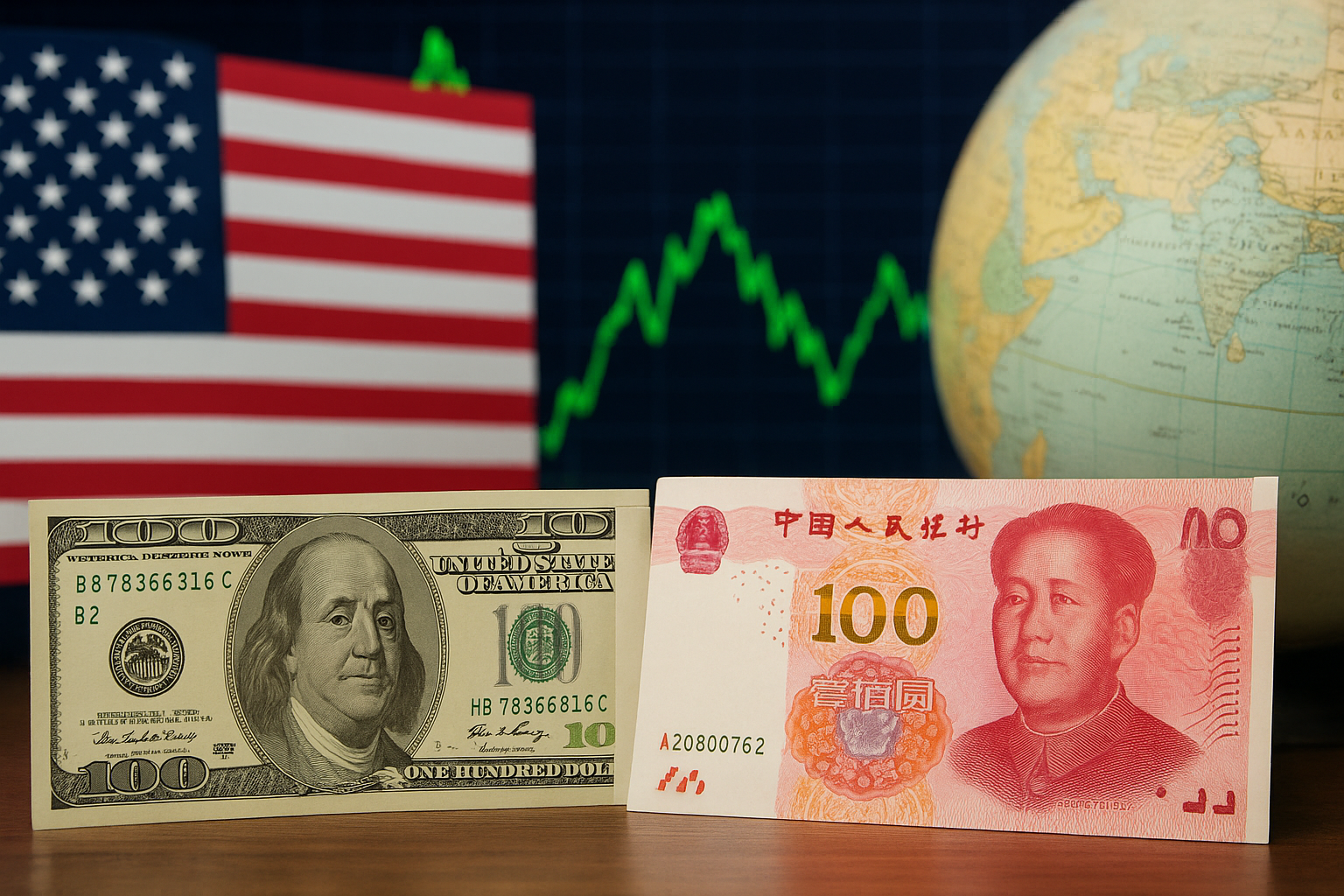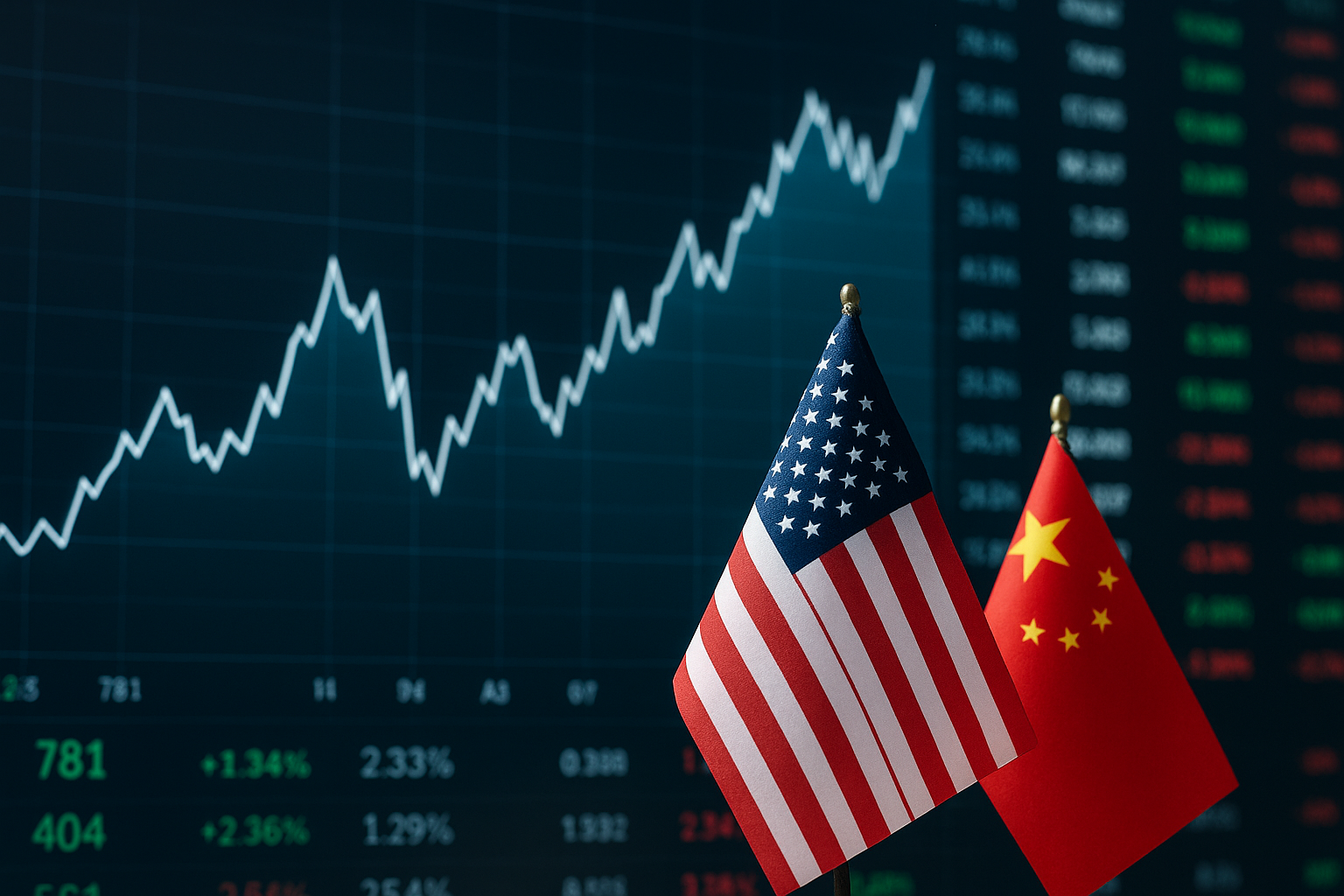The global economy may be approaching a pivotal inflection point. As geopolitical tensions, protectionist policies, and regional trade realignments accelerate, cross-border capital flows — the lifeblood of modern markets — are showing early signs of retreat. Reuters (Oct. 27) and Seeking Alpha analysis highlight growing evidence of “financial deglobalization,” a shift that could reshape investment strategies, asset valuations, and currency dynamics worldwide.
A Reversal in Globalization’s Financial Engine
For over three decades, global trade and investment liberalization supported unprecedented economic growth and asset expansion. But that long-standing model appears to be fragmenting. The Reuters commentary notes that international capital flows have fallen for the third consecutive quarter, while foreign direct investment (FDI) into emerging markets has dropped nearly 15% year-on-year, according to recent IMF data.
This decline is being driven by a cocktail of factors: the U.S.–China economic rivalry, Western export controls on technology, and rising tariffs on critical materials. The World Trade Organization (WTO) has also downgraded its global trade growth outlook to just 1.6% for 2025 — the weakest since the 2008 financial crisis, excluding pandemic years.
“Globalization as we knew it is no longer the dominant force,” a strategist at JPMorgan told Reuters. “Capital is becoming more cautious, more localized, and increasingly politicized.”
Markets Face a New Geopolitical Risk Premium
The decoupling of major economies is feeding into higher risk premia across markets. Investors are demanding greater returns for exposure to regions where political or trade frictions threaten capital stability. Seeking Alpha’s recent analysis notes that these pressures are already visible in currency markets — the Chinese yuan, for example, has faced sustained depreciation pressures, while the U.S. dollar continues to draw haven inflows.
Equity markets, too, are feeling the ripple effects. Companies heavily reliant on international supply chains or export markets are seeing lower valuations compared to more domestically focused peers. In Europe, industrial and manufacturing firms tied to global trade have underperformed the broader market by nearly 8% year-to-date, according to Refinitiv data.
Bond markets, meanwhile, are showing early signs of fragmentation. Cross-border demand for sovereign debt, particularly in emerging markets, has slowed, while U.S. Treasuries have strengthened as investors seek safety amid global realignment.
Why This Matters for Investors
The shift toward financial and trade fragmentation carries profound implications for asset allocation. Historically, global diversification helped reduce portfolio volatility — but if capital barriers rise, regional performance divergence could widen dramatically.
For equity investors, the emerging pattern favors companies with strong domestic revenue bases, particularly in sectors like utilities, consumer staples, and financials that are less exposed to trade cycles. Meanwhile, sectors such as semiconductors, materials, and export-heavy manufacturing may face continued volatility as governments recalibrate industrial policies and trade alliances.
On the macro side, shifting flows could also alter the balance of commodity and currency markets. Countries rich in critical minerals or energy reserves may benefit as supply chains regionalize and strategic resource control becomes a geopolitical priority.
Future Trends to Watch
Investors should keep an eye on several developing trends:
- Reshoring and Supply Chain Localization: Western economies, especially the U.S. and EU, continue to incentivize domestic manufacturing in energy, defense, and semiconductors — potentially reshaping industrial equities and local job markets.
- Currency Realignment: Expect continued dollar strength in the near term, but diversification into non-correlated currencies like the Swiss franc, Singapore dollar, and certain commodity-linked units could serve as a hedge.
- Emerging Market Fragmentation: While some emerging economies may suffer from capital flight, others — particularly those aligned with key supply chains — could attract targeted investment.
Key Investment Insight
In this evolving landscape, investors may need to rethink traditional global diversification. A focus on domestic resilience, quality balance sheets, and alignment with strategic national interests could define the next era of outperformers. Simultaneously, incorporating exposure to safe-haven assets — including gold, select commodities, and defensive currencies — offers a prudent hedge against ongoing uncertainty.
Global markets are transitioning from an era of open capital to one defined by selective connectivity. Navigating this shift requires flexibility, vigilance, and a willingness to adapt asset strategies to a world where politics and capital are more intertwined than ever.
Stay informed with MoneyNews.Today for continuing coverage of geopolitical and market shifts shaping tomorrow’s investment strategies.





